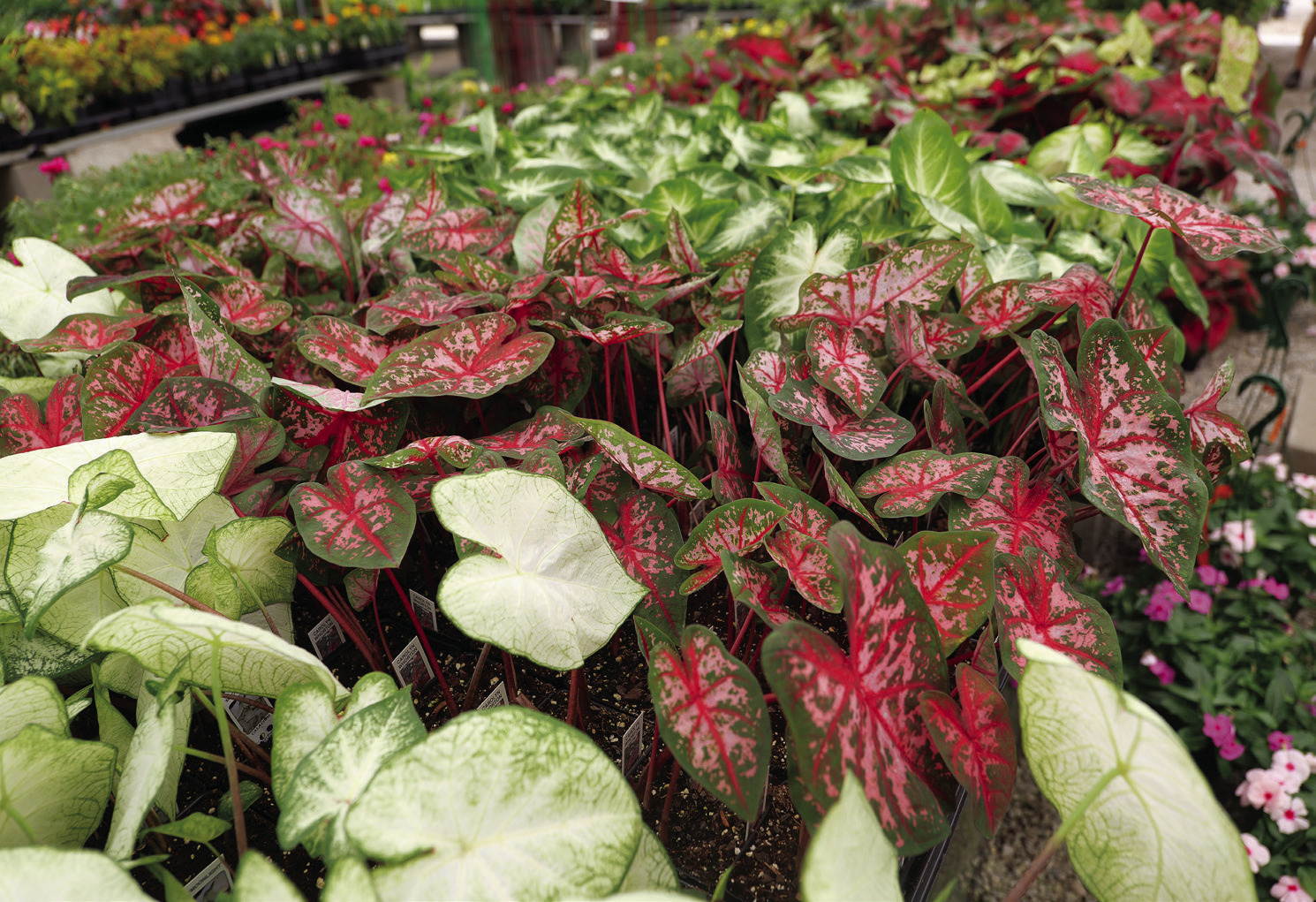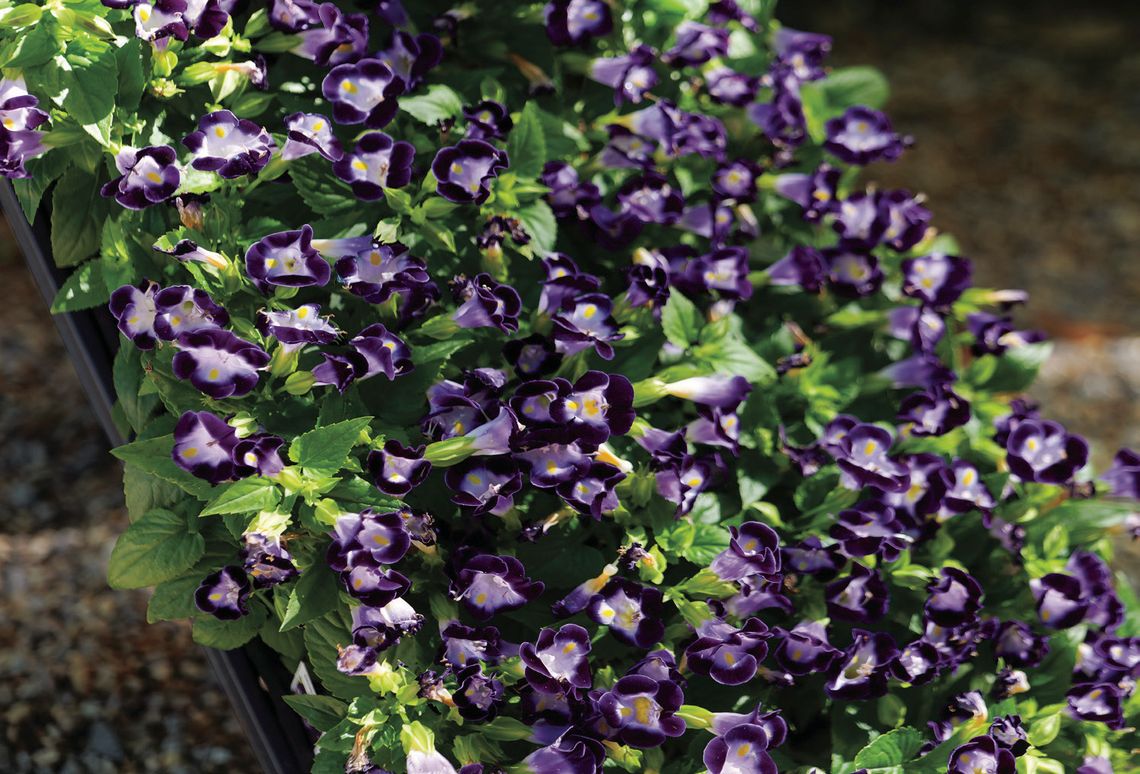Get it growing
If you have a lot of shade in your garden, you might feel a bit left out as a gardener. While others have a wide array of vibrantly hued, sun-loving plants to choose from, you’re left with a much shorter list of options that can feel limiting.
That doesn’t mean you can’t still have an attractive garden. There’s a number of interesting plants that flourish without the need for full sun. And, yes, there are even ways to incorporate color into shady areas.
“One of the approaches I like to take is to focus on leaf texture and leaf color,” said LSU AgCenter horticulturist Jason Stagg.
Tractor seat plant is among the best choices for Louisiana shade gardens, he said. Its large, glossy, green foliage is reminiscent of old-fashioned tractor seats. Leaves usually are 3 to 4 inches across, and plants form clumps reaching 2 to 3 feet high. In late fall and winter, it produces bright yellow, daisy-like flowers on long stems.
Some cultivars feature yellowish spots, which is why some people call this plant leopard plant. You also might see tractor seat plant referred to by its Latin name, Farfugium japonicum. If that sounds unfamiliar, perhaps Ligularia — the genus it used to be classified in — rings a bell.
Tractor seat plant will typically tolerate our winters, even in north Louisiana. If it does incur freeze damage, it will grow back from its roots in the spring.
Another of Stagg’s favorite plants for interesting foliage in shady gardens is gold dust plant (Aucuba japonica), also known as Japanese laurel. It’s an evergreen shrub whose dark green leaves sport yellow speckles — seemingly sprinkled with gold dust — even in deep shade. This plant has been used in Louisiana for decades, so you’ve probably seen it around.
“Ajuga is one of the best plants you can use for that,” Stagg said. “This plant has been around for many, many years, but it’s often overlooked as a great shade groundcover.”
Ajuga is a genus of perennial plants that are related to — and somewhat resemble — mints. They send up bloom spikes in midto late spring. Most blooms are blue, although some cultivars can have white and pink flowers.
“Usually, ajuga has a lot of dark colors in the foliage,” Stagg said. “But in recent years, more chartreuse and lime greens have been bred into the plant, and I think they show up even better in the shaded landscape, especially when you pair them with these nice blue blooms.”
Ajugas tend to have small leaves, but larger- leaved cultivars such as Catlin’s Giant are available.
Ajugas, sometimes called bugleweed, can handle almost any conditions you throw at them. They’re vigorous growers that will fill in empty spaces and suppress weed growth.
If you’d prefer a groundcover that produces more prominent flowers, a great, lowmaintenance option is torenia, also called wishbone flower, Stagg said. The Kauai torenia series, which has an upright growth habit, is a Louisiana Super Plant selection offering compact, mounding plants with flowers in various shades of purple, pink, yellow and white.
For a torenia with more of a trailing habit, Stagg suggests the Catalina series.
To liven up beds located in the shade in the warm season, Stagg likes using caladiums and the Beacon series of impatiens, both of which are available in many colors.
Caladiums’ uniquely patterned, heartshaped leaves lend a tropical feel to the garden while impatiens offer those coveted, brightly colored blooms that don’t mind the shade.



